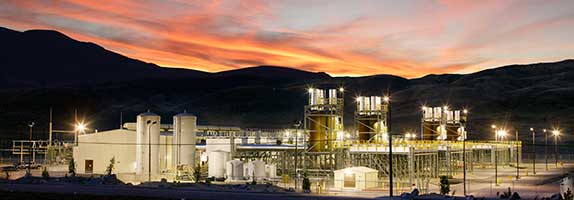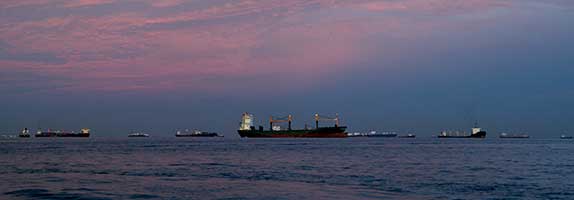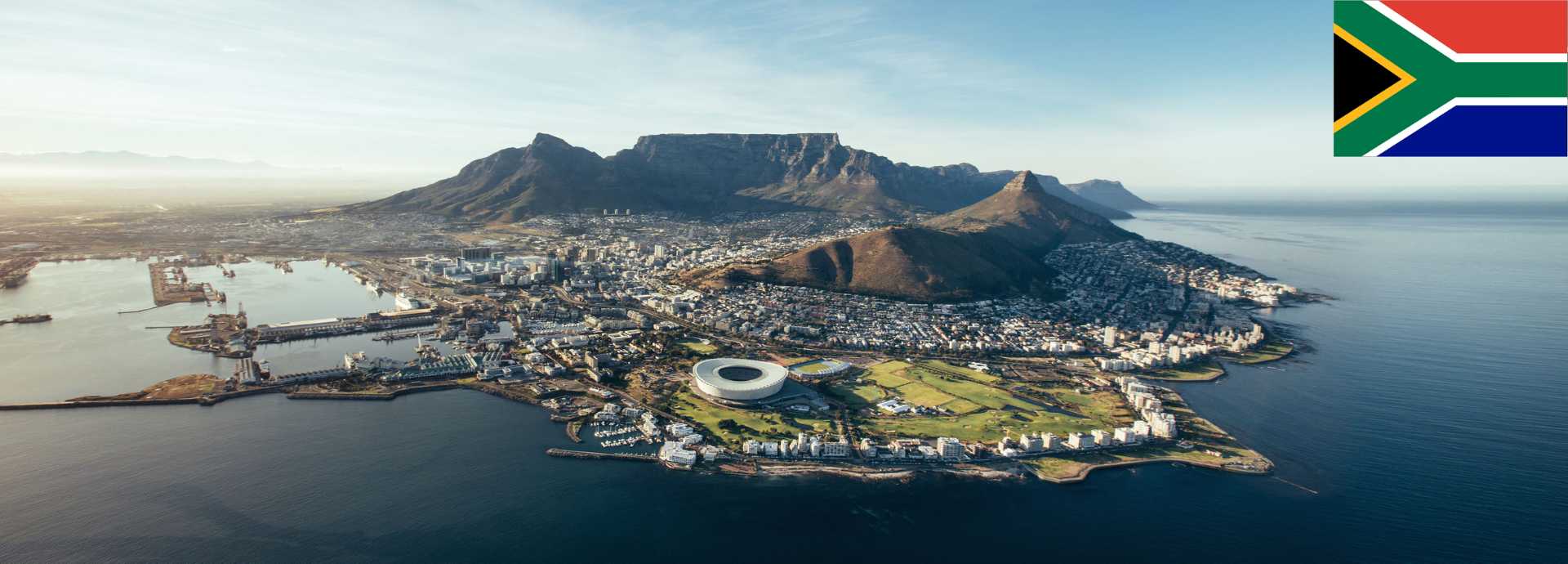
Wärtsilä Modelling Proves the Flexibility of Gas in SA’s Energy Transition while Accommodating Renewables



Earlier today at the South Africa Energy Transition Forum, Finnish technology group Wärtsilä presented its latest findings and rigorous analysis that was undertaken on the South African power system, amidst the current energy crisis.
The forum was a collaboration initiative with the Finnish Embassy and was attended by energy professionals, policy and decision makers, representatives of authorities, institutes, and relevant industries, who discussed energy modelling solutions, which will potentially benefit South Africa's future power systems.
The transition to renewable energy
Transitioning from coal dependence to a renewable energy future enabled by gas energy can allow South Africa to experience improved energy availability at an affordable price, while also reducing carbon emissions. This is the message of a recent White Paper presented by Wärtsilä. The White Paper provides energy system modelling that takes into consideration multiple different scenarios that could unfold, from a ‘perfect world’ scenario to factoring in specific realities of the local landscape.
Wayne Glossop, Power Systems Engineer, and Senior Business Development Manager at Wärtsilä, explains: “Wärtsilä’s own energy studies show the important role that natural gas could play in maintaining a reliable, cost-effective, and cleaner energy supply in the future. South Africa’s current and severe power crisis is largely due to a lack of new capacity coming online to replace the ageing coal fleet.
“The White Paper looks at the adequacy of South Africa’s proposed energy crisis mitigation measures and the role that gas power plays in this context. It further provides a view on the role of gas in South Africa’s energy transition to 100 percent renewables.”
Three modelling scenarios up to 2032
Glossop clarifies that Wärtsilä’s modelling simulates the least cost power system up to 2032 under three scenarios, as follows:
- The ‘Perfect World’, in which the model has no restrictions on how to optimise the system;
- The ‘Planned World’, where Wärtsilä identifies 18 announced crisis mitigation measures (and IRP additions) that are successfully executed; and
- The ‘Reality Check’, in which a view is taken on how such measures may be delayed, over-estimated, or even cancelled because of the application of real-world, plausible local scenarios.
Glossop adds: “We can observe how far our planned mitigation measures are from the ideal world and what would happen if these measures do not go according to plan, by comparing various parameters and their effects if they occur. These parameters include the status of annual new-build capacity, unserved energy levels, reserve provider allocations, renewable penetration and curtailment, total system costs, and total system emissions.
“The results show that our Planned World is sufficient - in theory - to alleviate the energy crisis, but that the Reality Check would mean an exponential increase in the amount of load shedding the country could anticipate.”
The flexible role of gas power
Glossop notes that gas power is shown to play an important role in all three scenarios by providing dual dispatch functions that are termed ‘Flexible Peaking’ and ‘System Contingency Reserves’.
Under ideal conditions, gas power, preferably in the form of flexible Gas Engine power plants, provides combined energy and operational reserves which translate into capacity factors of one to 30 percent; however, under contingency scenarios, this capacity factor can increase to 60 percent.
The Perfect World results require the addition of over 9GW of flexible gas, coupled with 8GW of energy storage systems and 40GW of combined wind and PV by 2032. This also enables a seven percent ($15B) cumulative cost saving and a 17 percent cumulative emissions reduction when compared to the Reality Check scenario.
Recommendations are made to implement grid-balancing engine power plants which would:
- Provide the required power to the grid with short construction times;
- Provide more localised reserve and flexibility advantages to key areas in the grid;
- Enable the realisation of multiple new gas energy sources in South Africa;
- Address key fuel supply risks through the use of multi-fuel technologies; and
- Be able to run on fuels that are currently available in today’s reality, as well as those projected to come onstream in the future.
Also present at the event was President and CEO of Wärtsilä, Håkan Agnevall, who added “Our modelling shows that it is strongly advisable to continue undertaking flexible gas projects to support the rapid growth in renewables, while also ensuring a stable supply should things go wrong. If South Africa is able to adapt its future gas policy and gas power procurement to align to Wärtsilä’s recommendations, the country would be able to demonstrate to the world its leadership in the transition from a coal-based economy to a renewables-based economy.
“By understanding the power system requirements of gas-based power generation as a starting point, Wärtsilä has modelled the introduction of other factors such as gas supply options and grid location preferences, to assist with planning future gas infrastructure developments with maximum impact. It is also important to note that the modelling includes the best pathway to ensure the introduction of technologies that are future-proof and could work together with renewable energy options,” Agnevall concludes.